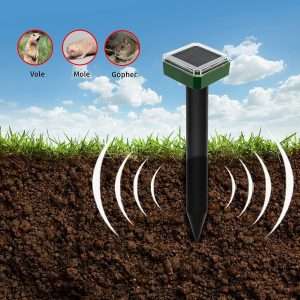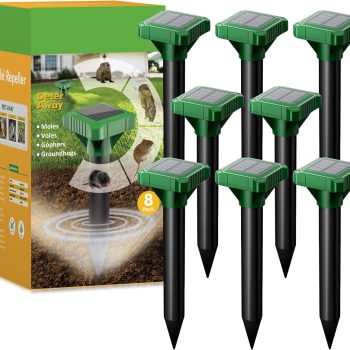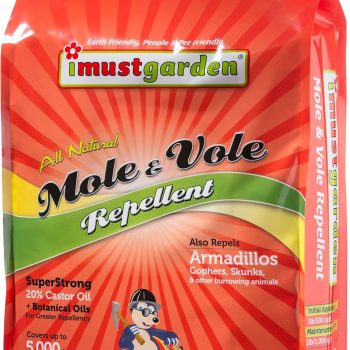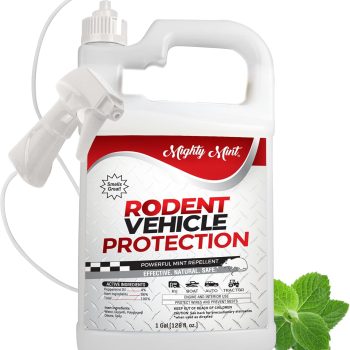Deter Groundhogs Eating Plants
Solar Groundhog Repellent
Mole Repellent Solar Powered 8 Pack, Ultrasonic Gopher Repeller IP65 Waterproof, Repels Moles
Deter Groundhogs from Eating Plants: Effective Strategies to Protect Your Garden
Groundhogs can transform a thriving garden into a barren landscape in no time. These herbivorous rodents are known for their voracious appetites, particularly for vegetables and flowers. If you’re struggling with groundhogs munching on your plants, several practical strategies can help deter them and protect your precious crops. Here’s a comprehensive guide to keeping groundhogs at bay.
Understanding Groundhog Behavior

To effectively deter groundhogs, it’s essential first to understand their behavior and feeding habits. Groundhogs are mainly active during the day and typically feed in the early morning or late afternoon. They prefer leafy greens, vegetables, and fruits, making gardens an irresistible feast. These animals are also territorial and will establish burrows near accessible food sources, which they use for shelter and raising their young.
Groundhogs rely on their keen senses of sight and smell to locate food. Familiarizing yourself with their habits can help you devise a plan to protect your garden. For instance, knowing when they are most active allows you to take preventive measures. If you notice the telltale signs of groundhog activity—such as fresh diggings or chewed plants—you can quickly implement deterrents before they cause extensive damage.
Effective Deterrents for Gardens
You can employ numerous strategies to dissuade groundhogs from raiding your garden. Here are some of the most effective methods:
1. Fencing Solutions
Installing a fence around your garden is one of the most reliable ways to keep groundhogs out. However, more than any fence will do. A groundhog-proof wall should be 4 feet tall and made from sturdy materials such as galvanized or welded wire. To increase its effectiveness, bury the bottom of the fence at least 12 inches deep to prevent digging. Additionally, angle the top of the wall outward at about a 30-degree angle to discourage further climbing attempts.
2. Natural Repellents
Utilizing natural repellents can be an effective way to deter groundhogs without causing harm. Groundhogs have sensitive olfactory senses, so introducing strong scents they dislike can help keep them away. Some effective natural repellents include:
– Predator Urine: Available at garden centers or online, predator urine (e.g., coyote or fox urine) can create the illusion of danger and drive groundhogs away.
– Spicy Solutions: Spraying plants with cayenne pepper and water can deter groundhogs, as they dislike spicy flavors. Reapply regularly, especially after rain.
– Garlic and Pepper Spray: Mixing garlic powder or crushed garlic with water and applying it to plants can create an unappealing taste for groundhogs.
3. Plant Selection and Garden Layout
Another strategic way to deter groundhogs is to design your garden thoughtfully. Consider planting groundhog-resistant plants along the perimeter of your garden, such as:
– Lavender: The strong scent of lavender can be off-putting to groundhogs.
– Thorny Plants: Incorporating thorny bushes like roses can create a natural barrier against groundhogs.
– Herbs: Strong-smelling herbs like mint, sage, and rosemary can deter these critters can Deter Groundhogs Eating Plants.
Additionally, placing your most vulnerable plants closer to the house or in raised beds can make them less accessible to groundhogs.
Maintaining a Groundhog-Free Garden
Once you’ve implemented your deterrent strategies, regular maintenance and observation are key to keeping groundhogs away. Routinely inspect your fencing for breaches and repair any gaps or holes promptly. Keep your garden free of debris, fallen fruits, or vegetables that may attract groundhogs.




















